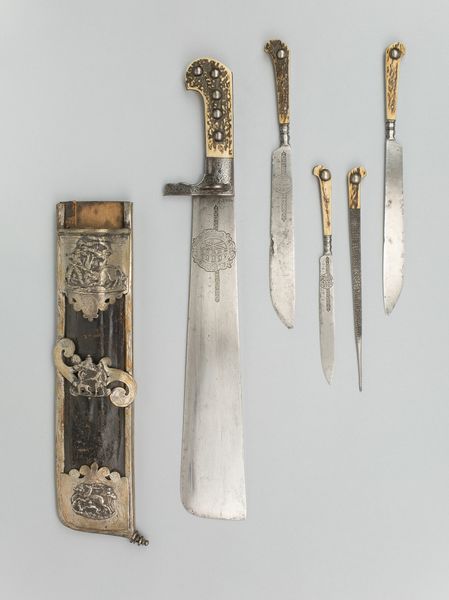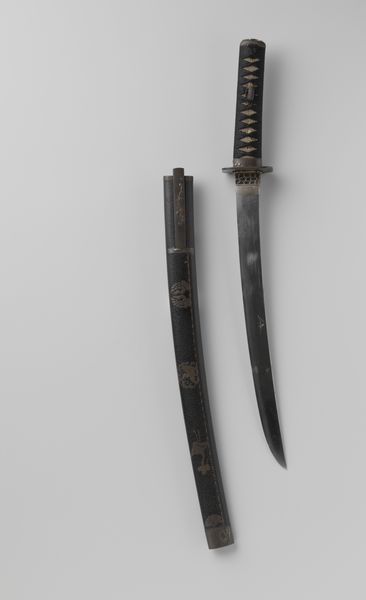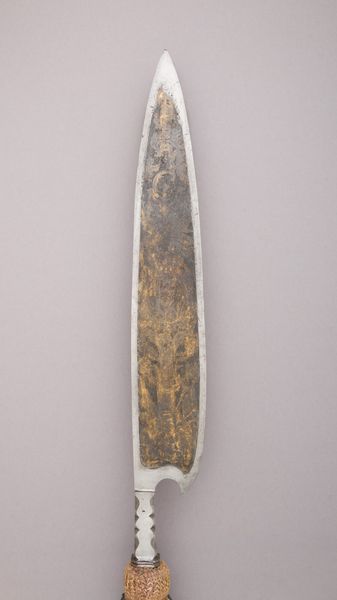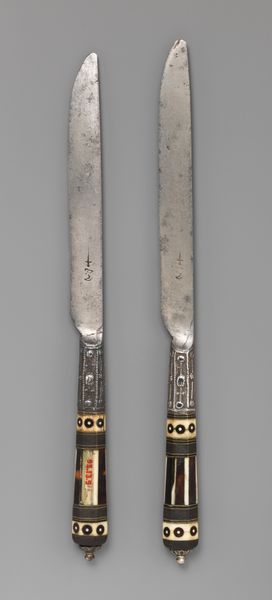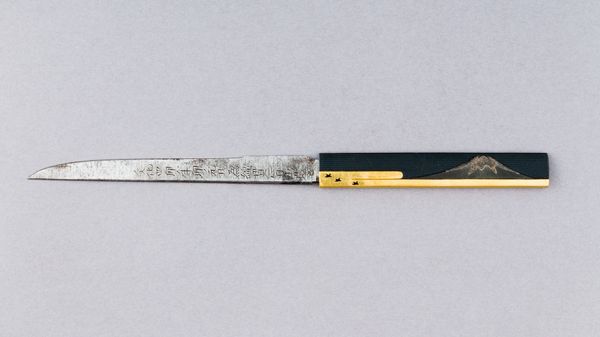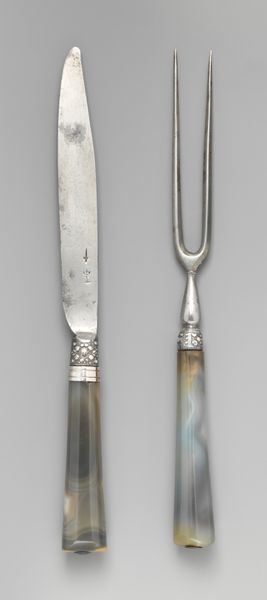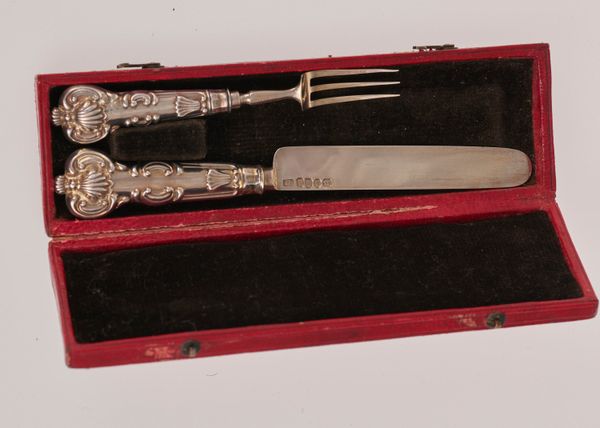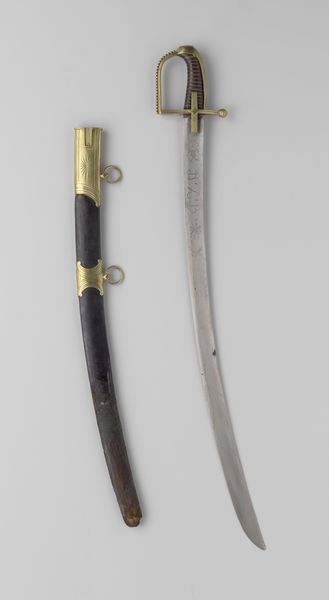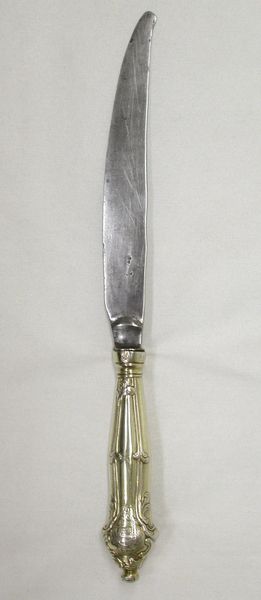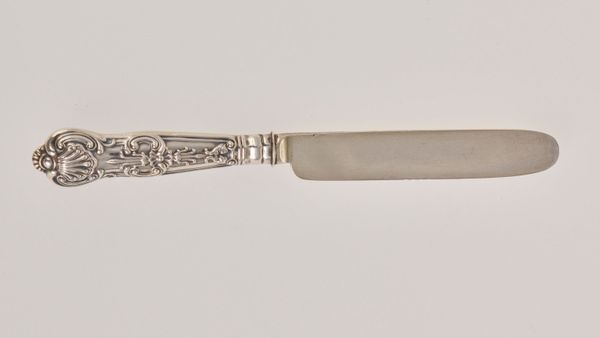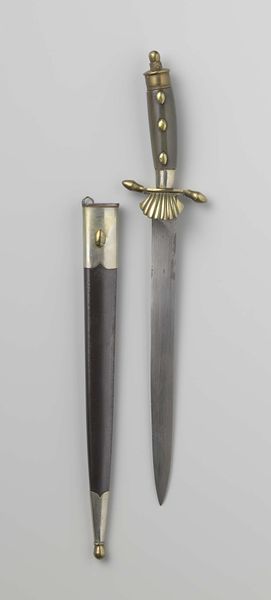
metal, gold, sculpture
#
metal
#
gold
#
sculptural image
#
historical fashion
#
sculpture
#
decorative-art
#
miniature
#
rococo
Dimensions: Length (closed): 4 1/8 in. (10.5 cm); Length (open): 7 11/16 in. (19.5 cm)
Copyright: Public Domain
Editor: So, this is Jean Gavet's "Pocket Knife," made around 1766-1767. It’s crafted from gold and metal. It’s quite ornate for a pocketknife, almost unbelievably so. What’s your take on this? Curator: It’s fascinating to consider this object as more than a functional tool, isn't it? Think about the Rococo period. This isn't just a pocketknife; it's a statement. The elite flaunted their wealth through objects like these. Who had access to this kind of luxury and what does it tell us about the social stratification of the time? Editor: That's a good point, I hadn’t considered how it reflects wealth. I guess I assumed a pocketknife was just…a pocketknife. Curator: Exactly, it begs us to interrogate these assumptions. Consider the decorative elements. These delicate details represent a very specific cultural and political moment. Do these embellishments enhance its utility, or do they serve a different purpose altogether? Editor: I see what you mean. It seems more about showing off than actual use, almost like jewelry. Maybe it's even a critique of that lifestyle, in some way? Curator: Perhaps. Or perhaps it simply normalizes and naturalizes that level of excess. The fact it's a functional item, elevated to this status, reveals so much about the values and priorities of that era. The golden surfaces aren't just aesthetic choices; they represent real resources, real labor. Who benefited, and who was exploited? Editor: So by studying one tiny golden pocketknife, we can see a whole world of social dynamics! That’s incredible. I'll never look at decorative arts the same way again. Curator: Precisely. It's about acknowledging that objects, no matter how small, are deeply embedded in historical narratives. We can then start to use these objects to reveal and dismantle structures that create such imbalances.
Comments
No comments
Be the first to comment and join the conversation on the ultimate creative platform.
